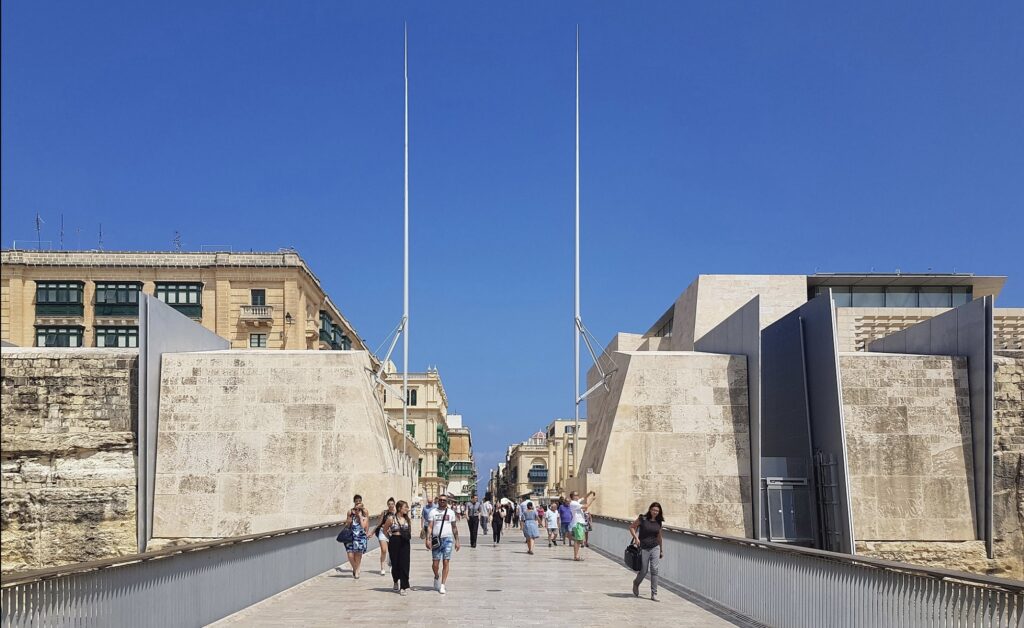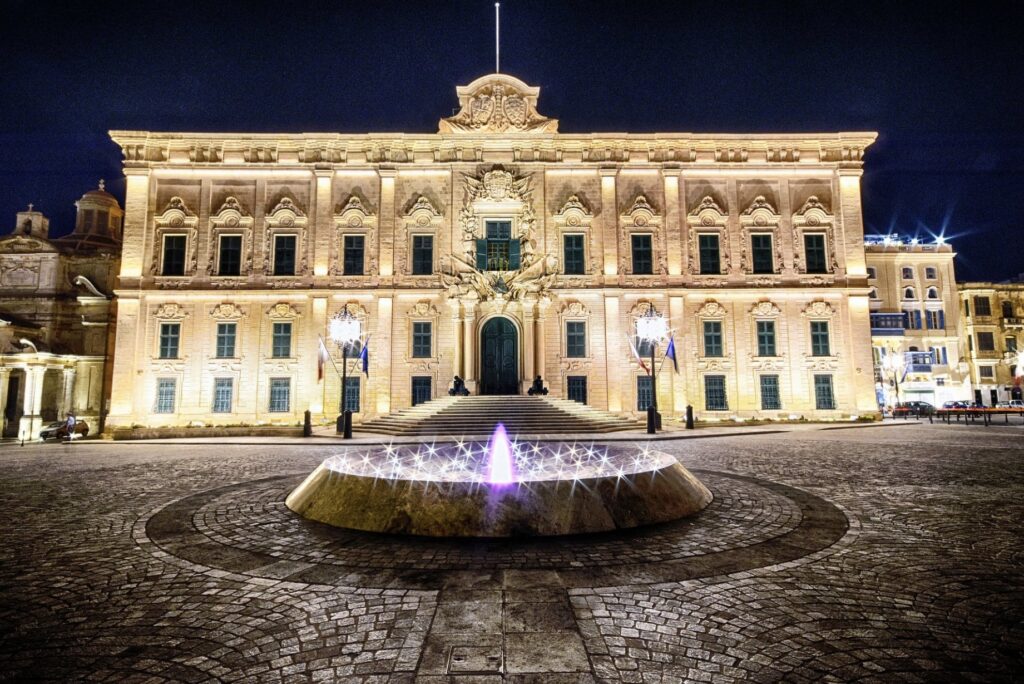ChatGPT:
Valletta, the capital city of Malta, is a fortified city located on a peninsula between two harbors. Known for its rich history, Valletta was founded in the 16th century by the Knights of St. John. The city boasts a unique baroque architecture with narrow streets, historical buildings, and stunning views of the Mediterranean Sea.
Key highlights include St. John’s Co-Cathedral, a masterpiece of baroque art and architecture; the Grandmaster’s Palace, which houses the office of the President of Malta and the House of Representatives; and the Upper Barrakka Gardens, offering panoramic views of the Grand Harbour. Valletta’s cultural scene is vibrant, with numerous museums, theaters, and festivals throughout the year. The city is also recognized as a UNESCO World Heritage Site.
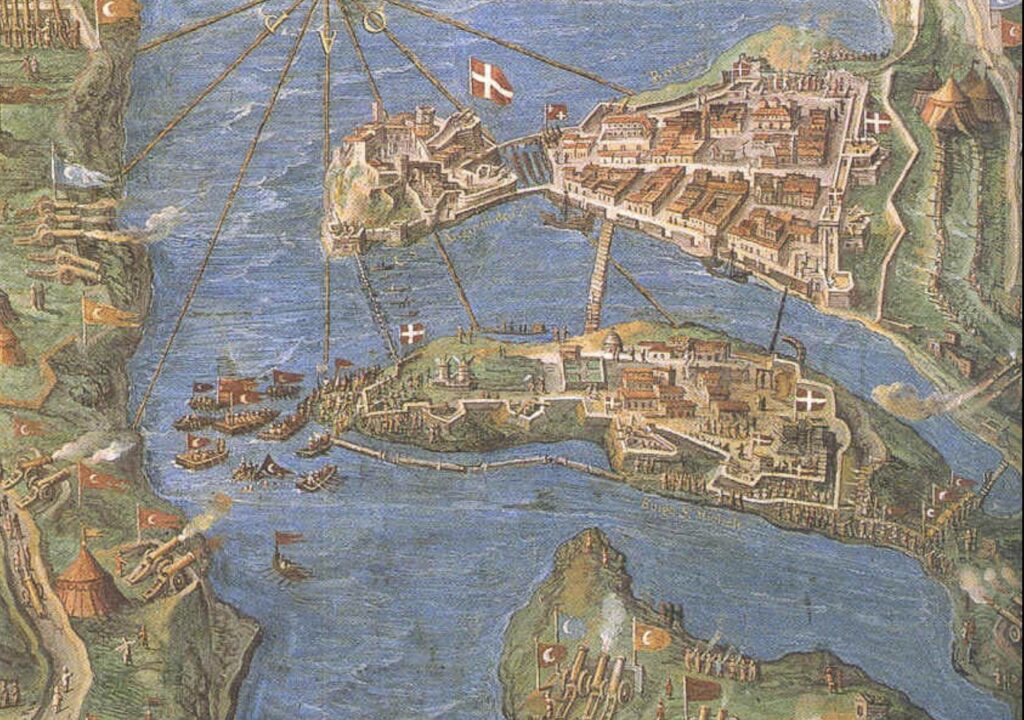
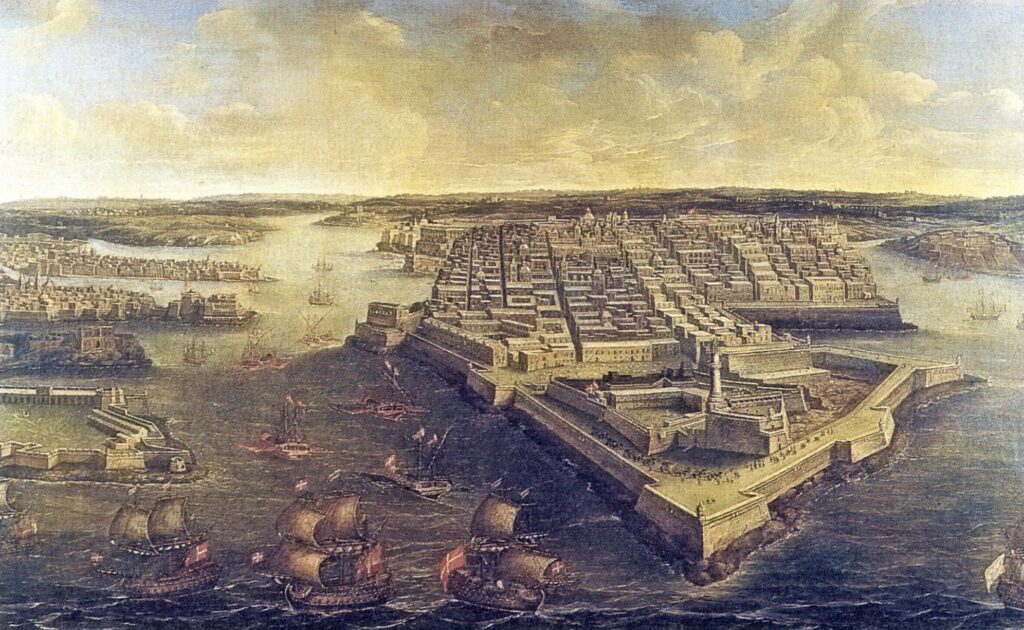
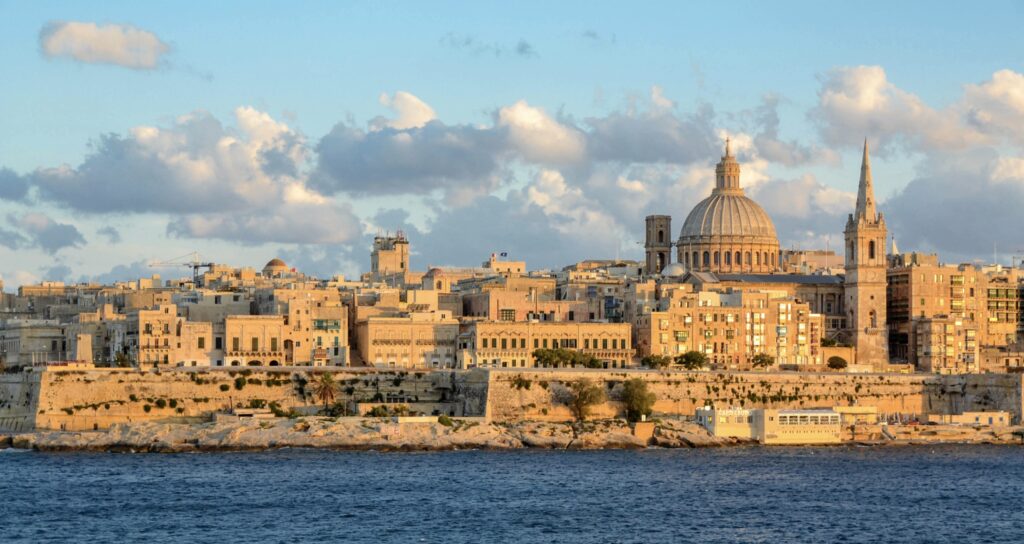
Origin and Founding of Valletta
Valletta was founded in 1566 by the Knights of St. John, a military and hospitaller order. The city’s establishment was a direct response to the Great Siege of Malta in 1565, during which the Knights, along with the Maltese people, successfully defended the island from the Ottoman Empire. Recognizing the strategic importance of a fortified city, Grand Master Jean Parisot de Valette laid the foundation stone for the new city, which was named in his honor.
Early History and Construction
The construction of Valletta was an ambitious project. The city was designed by the renowned military engineer Francesco Laparelli, who implemented a grid plan, making Valletta one of the first planned cities in Europe. The construction involved extensive fortifications, including massive bastions and defensive walls, to protect against future attacks. The Knights invested heavily in building grand structures, such as the Grandmaster’s Palace and St. John’s Co-Cathedral, reflecting their wealth and power.
Development through the Centuries
16th to 18th Centuries: Valletta flourished under the Knights of St. John, becoming a hub of commerce, culture, and military power in the Mediterranean. The city’s baroque architecture, narrow streets, and significant buildings from this period still define its character today.
19th Century: Valletta came under British rule in 1814, following the defeat of Napoleon. The British further fortified the city and developed it as a naval base. Valletta played a crucial role during World War II, serving as a strategic Allied base. The city endured heavy bombing raids, resulting in significant destruction.
Post-World War II: After the war, Valletta underwent reconstruction and modernization. Malta gained independence from Britain in 1964, and Valletta was designated the capital city. Efforts were made to restore and preserve its historical architecture while integrating modern infrastructure.
Contemporary Valletta
Today, Valletta is a vibrant cultural and administrative center. It was recognized as a UNESCO World Heritage Site in 1980 due to its historical significance and well-preserved architecture. The city was also named the European Capital of Culture in 2018, highlighting its dynamic cultural scene, which includes museums, theaters, and festivals.
Valletta continues to balance its rich historical heritage with contemporary development, making it a unique and fascinating destination.
The Knights of St. John, also known as the Knights Hospitaller, funded the construction of Valletta through several means:
1. European Support and Donations
- European Nobility and Monarchs: The Knights received significant financial support from various European monarchs and noble families. These contributions were partly due to the shared Christian identity and the desire to defend Europe against the Ottoman Empire. Notable contributors included King Philip II of Spain, who provided substantial funds.
2. Income from Their Estates
- Land and Estates: The Knights owned vast estates and properties across Europe, particularly in regions such as France, Spain, and Italy. The income generated from these estates, including rents and agricultural produce, was used to finance their activities, including the construction of Valletta.
3. Maritime Trade and Piracy
- Commerce: As a prominent maritime power, the Knights engaged in trade throughout the Mediterranean. They levied taxes and duties on goods passing through their territory.
- Privateering: The Knights also engaged in privateering, capturing Ottoman ships and selling their cargo. This provided a steady stream of revenue.
4. Internal Resources and Taxes
- Local Resources: The Knights utilized resources available on Malta, including limestone from local quarries, which was the primary building material for the city’s construction.
- Taxes and Levies: They imposed taxes and levies on the local population and on goods entering the island, which helped fund the city’s construction and maintenance.
5. Loans and Borrowing
- Loans: The Knights occasionally took loans to cover short-term financial needs. These loans were often secured against future income from their estates and other sources.
6. Tithes and Ecclesiastical Support
- Church Support: As a religious order, the Knights received tithes and donations from the Catholic Church. This ecclesiastical support was crucial, especially in the early stages of the construction.
7. Strategic Financial Management
- Efficient Use of Funds: The Knights were known for their meticulous financial management. They carefully planned and allocated resources to ensure the efficient use of funds for the construction and fortification of Valletta.
By leveraging these diverse funding sources, the Knights of St. John were able to finance the extensive and ambitious project of building Valletta, creating a fortified city that stood as a symbol of their power and resilience.
Historical Monuments and Tourist Attractions in Valletta
- St. John’s Co-Cathedral: A stunning example of baroque architecture, known for its ornate interior and the famous Caravaggio painting, “The Beheading of Saint John the Baptist.”
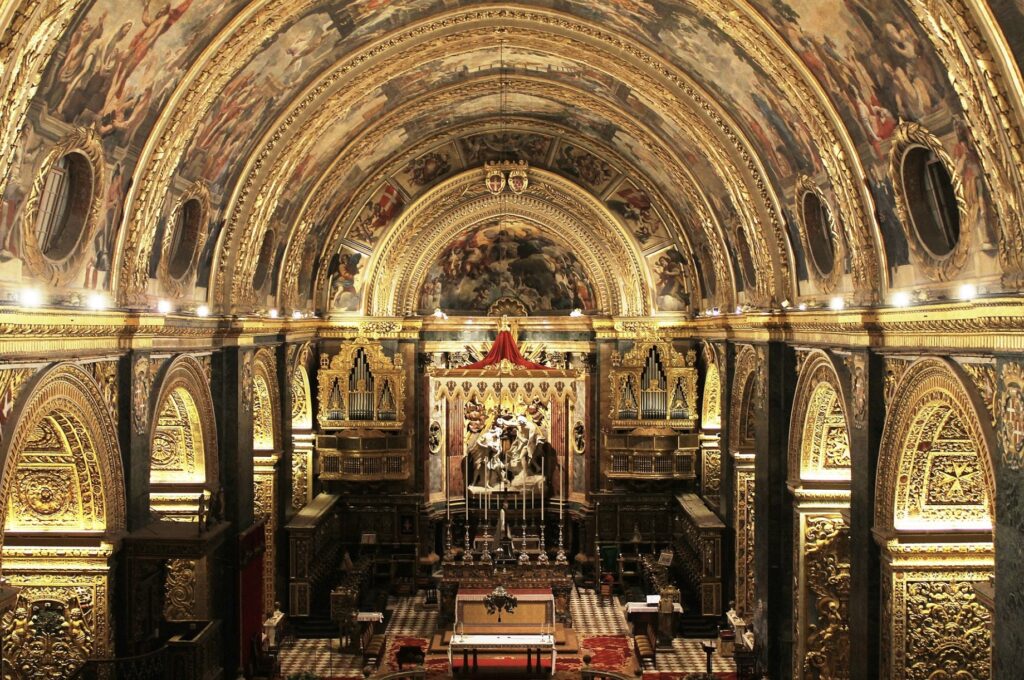
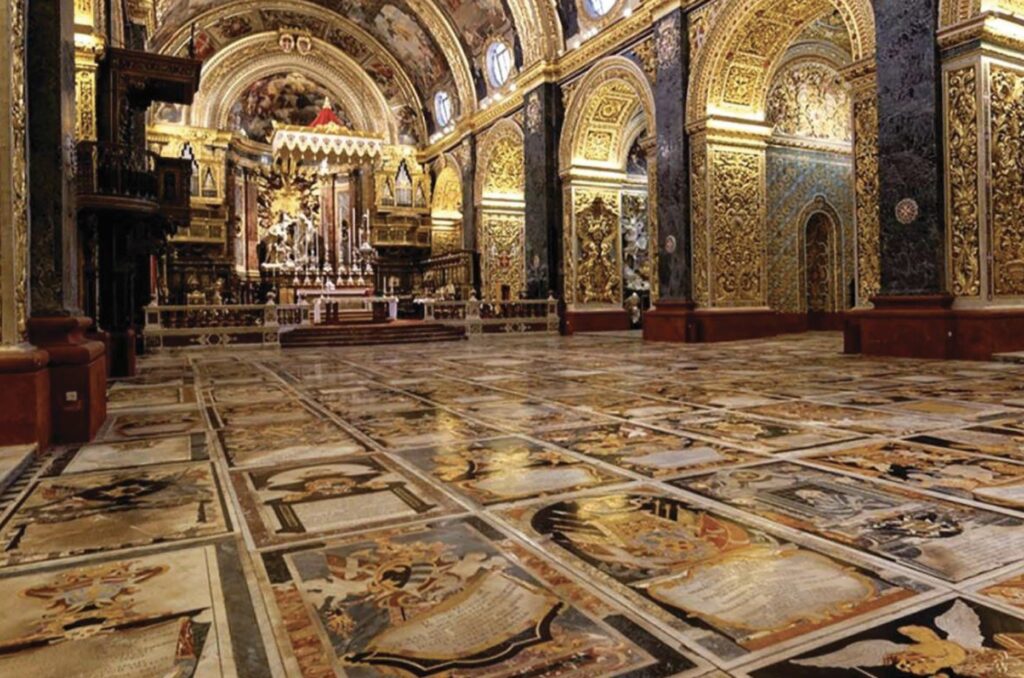
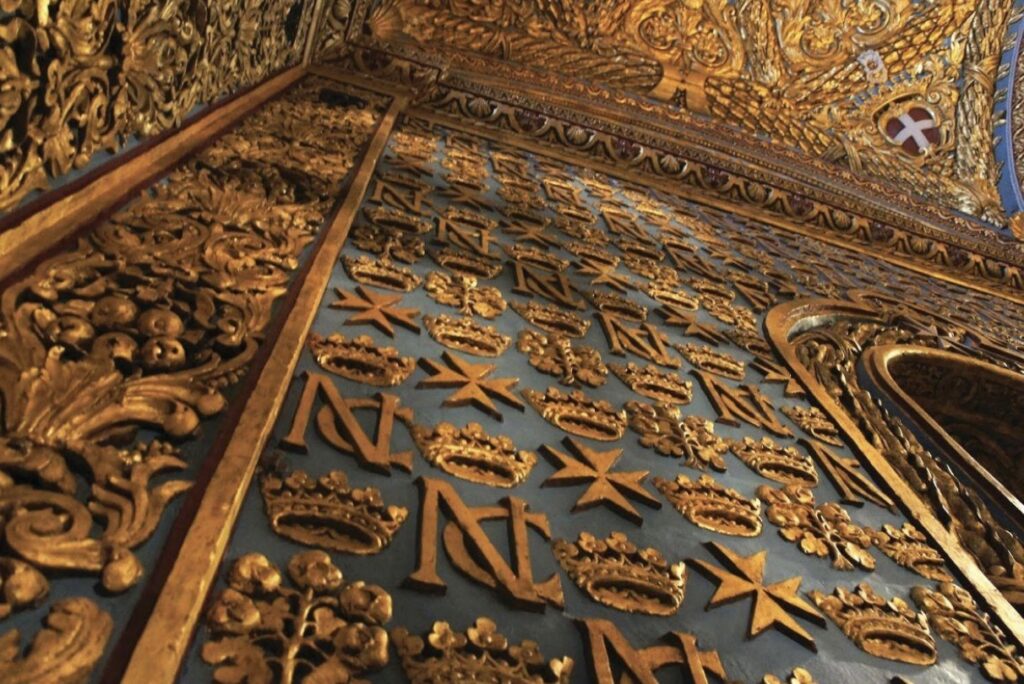
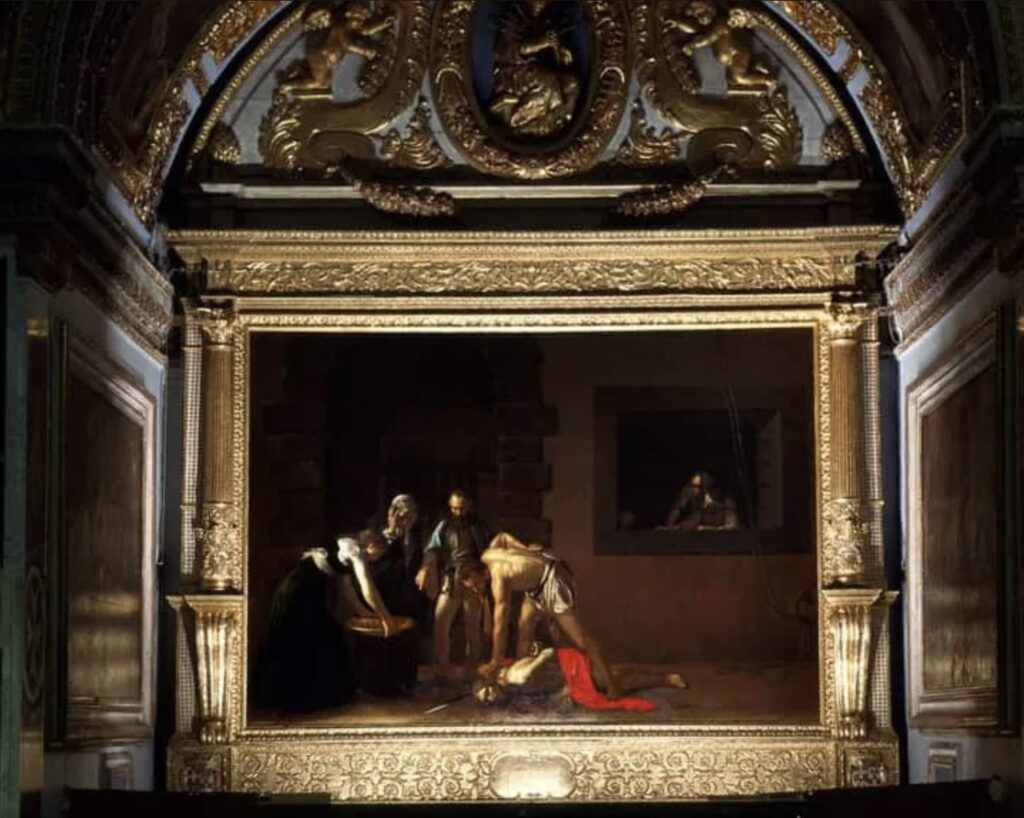
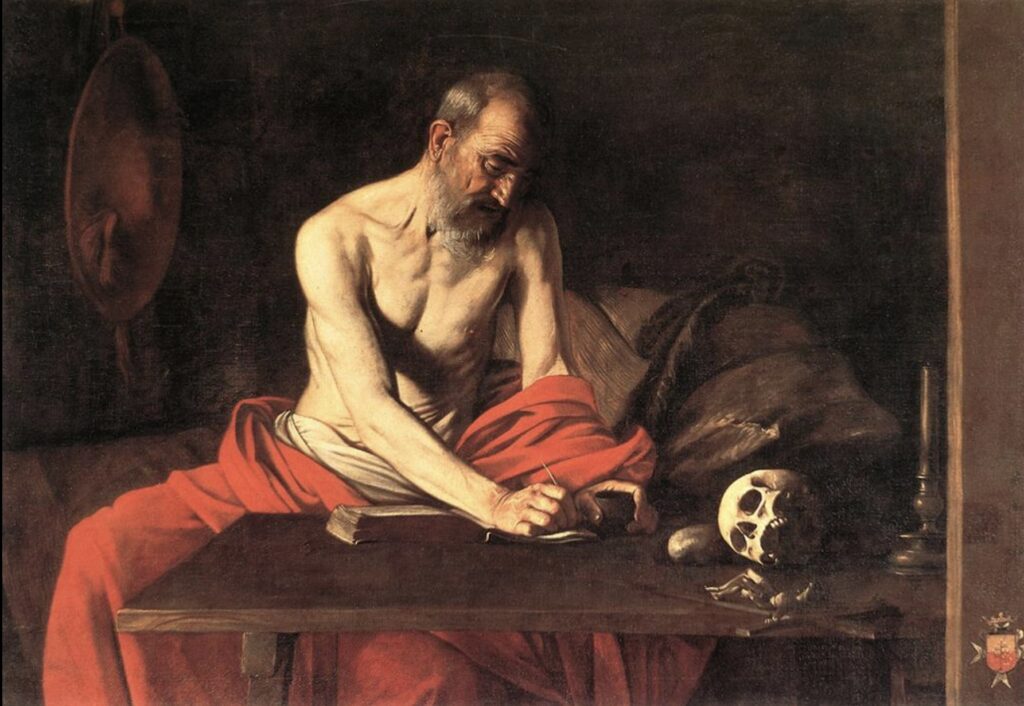
- Grandmaster’s Palace: Historically the residence of the Grand Masters of the Knights of St. John, now housing the Office of the President of Malta and the House of Representatives.
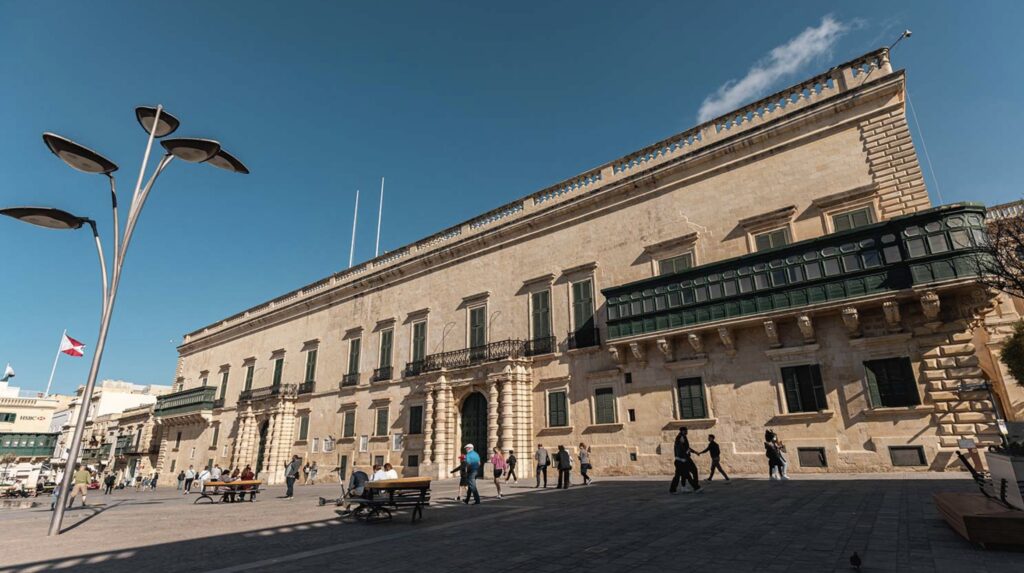
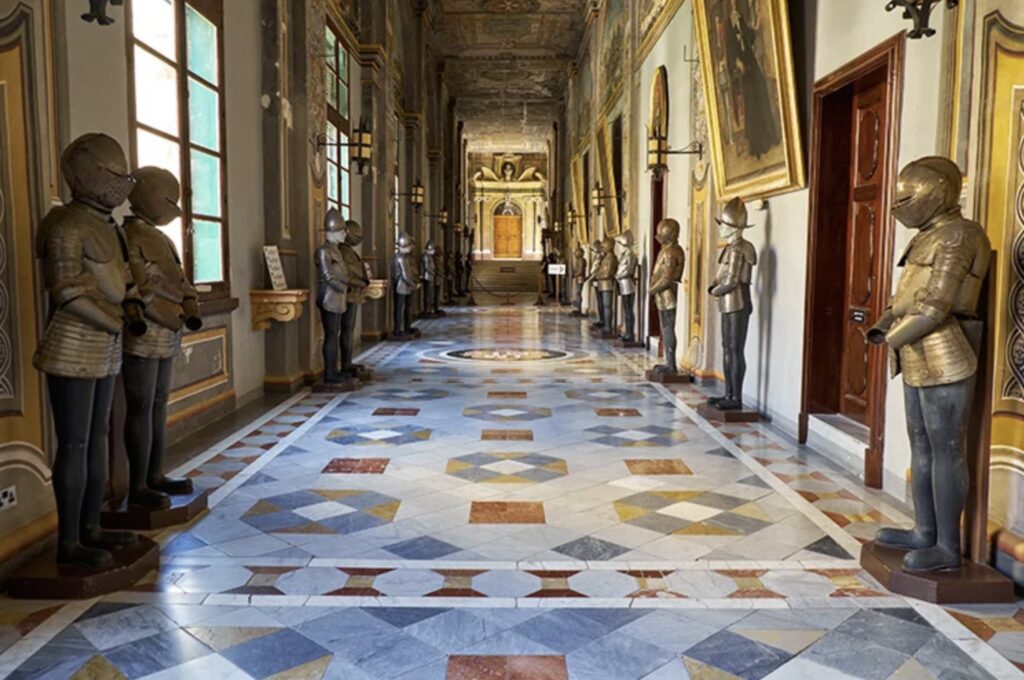
- Upper Barrakka Gardens: Offers panoramic views of the Grand Harbour and the Three Cities. It’s a serene spot with historical significance and beautiful gardens.
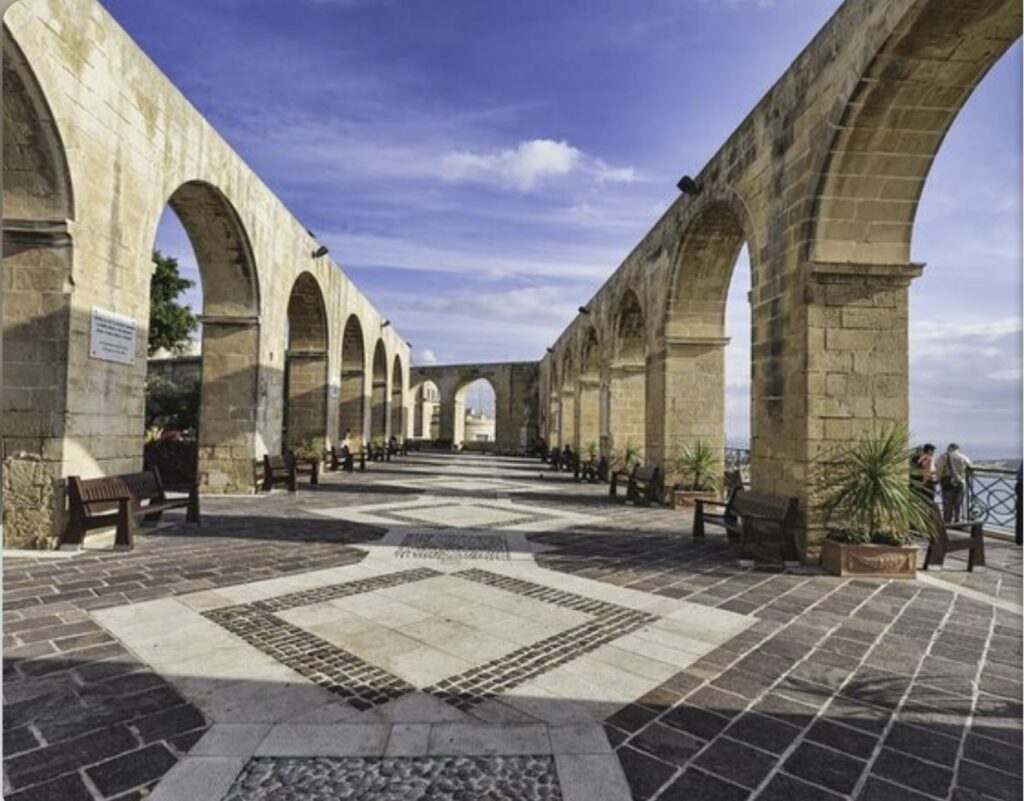
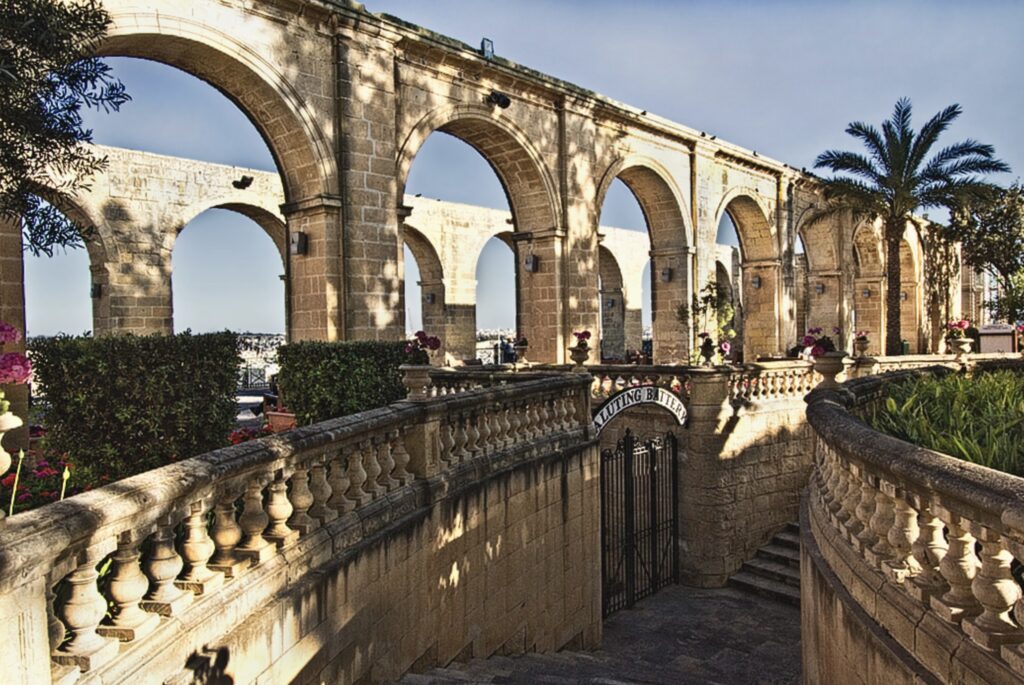
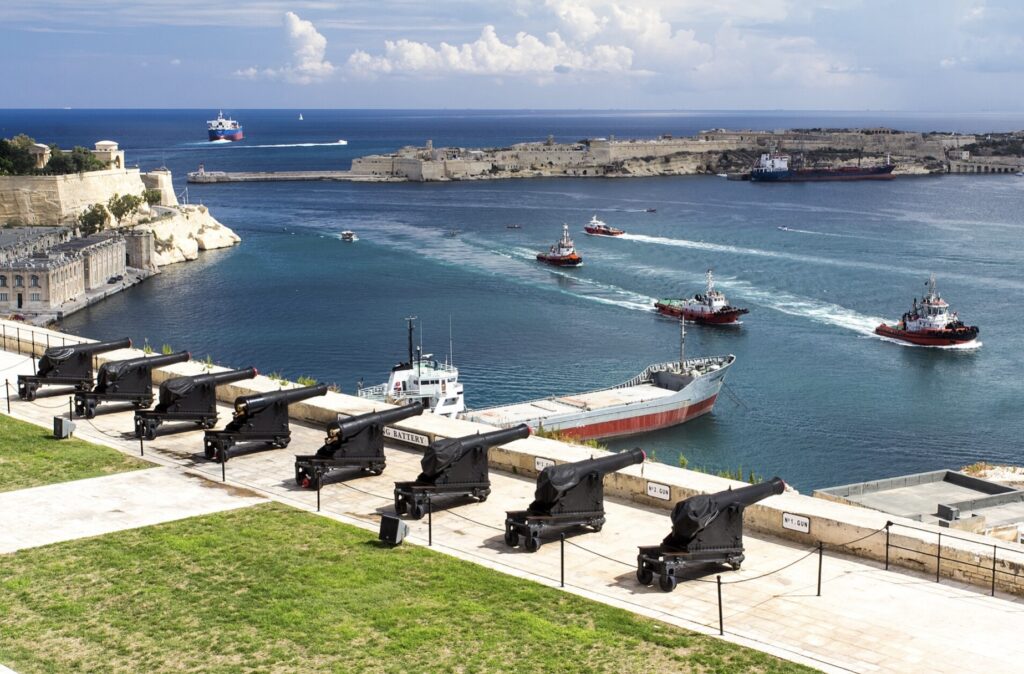
- Fort St. Elmo: A star-shaped fort that played a pivotal role during the Great Siege of 1565. It now houses the National War Museum.
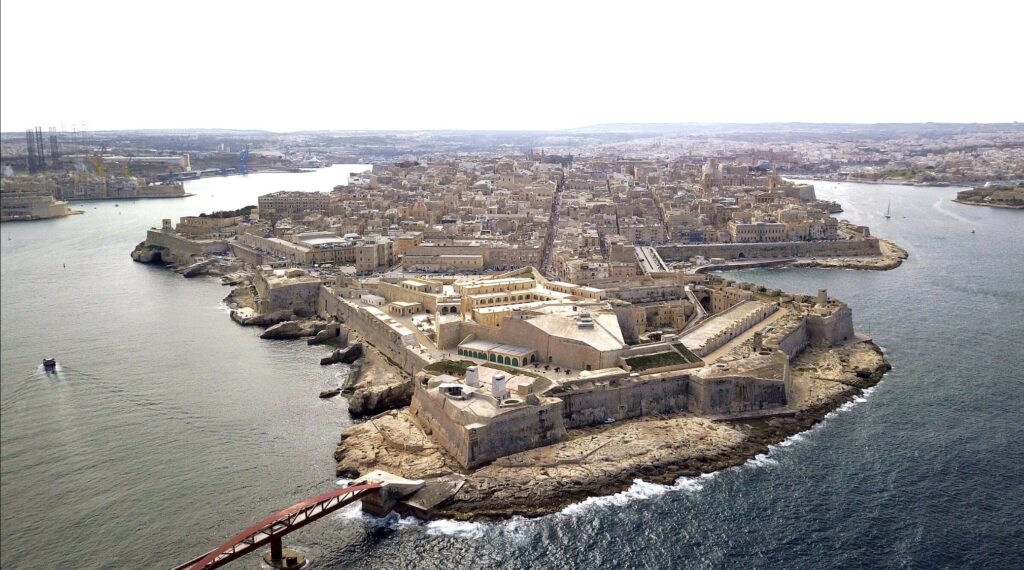
- Manoel Theatre: One of the oldest working theaters in Europe, offering performances and tours of its elegant interior.
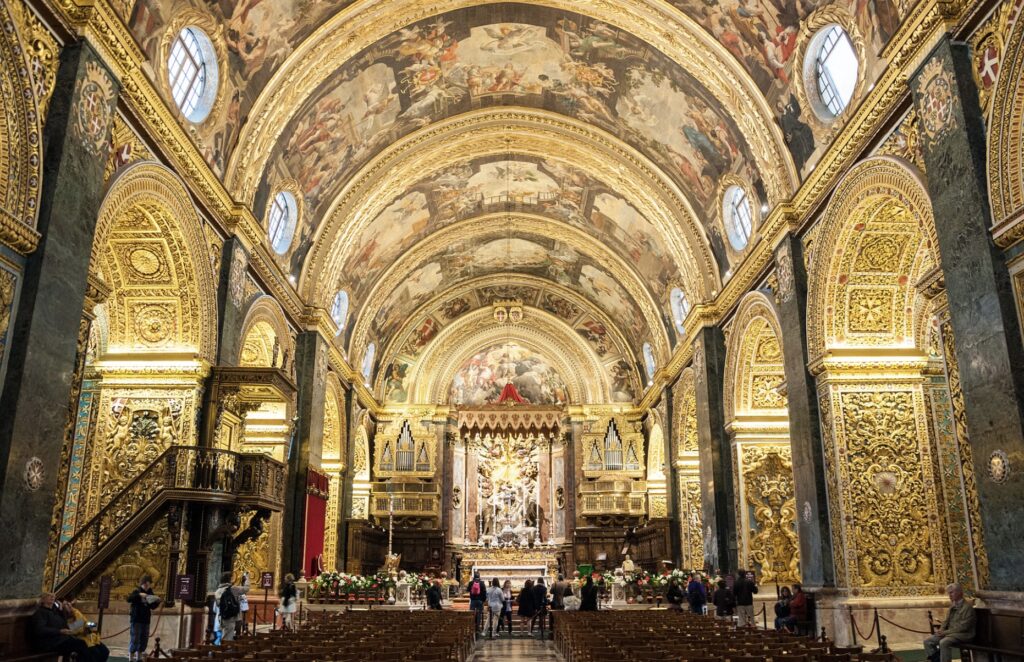
- National Museum of Archaeology: Located in the Auberge de Provence, it showcases Malta’s rich prehistoric artifacts, including items from the Neolithic period.
- Lascaris War Rooms: A complex of underground tunnels and chambers used during World War II as the Allied Mediterranean headquarters.
- St. Paul’s Pro-Cathedral: An Anglican cathedral dedicated to St. Paul, with a distinctive spire that is a prominent feature of Valletta’s skyline.
- The Malta Experience: An audiovisual show that provides an overview of Malta’s 7,000 years of history.
- MUŻA (National Museum of Fine Arts): Housed in the Auberge d’Italie, it features a collection of Maltese and European art.
- Auberge de Castille: One of the finest baroque buildings in Valletta, now serving as the office of the Prime Minister of Malta.
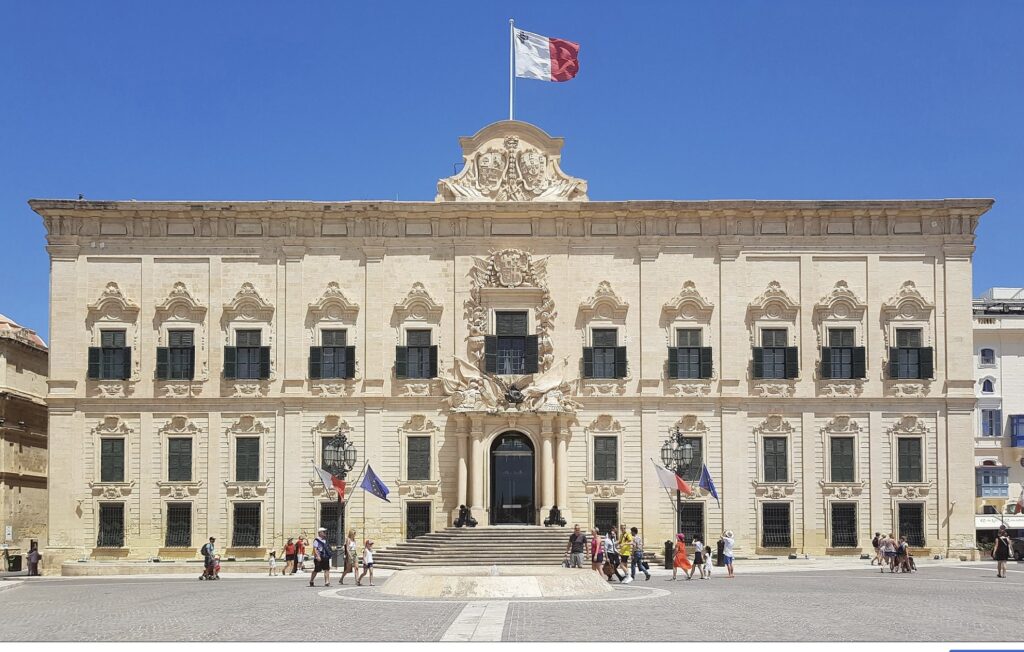
- Siege Bell War Memorial: A monument commemorating those who lost their lives during the Siege of Malta in World War II.
- Fortifications Interpretation Centre: Offers insights into the history and engineering of Valletta’s extensive fortifications.
- Hastings Gardens: Located on the western part of the city walls, providing scenic views and a peaceful environment.
- National Library of Malta: Contains a vast collection of historical documents, manuscripts, and books, including the archives of the Knights of St. John.
These attractions reflect Valletta’s rich history, architectural beauty, and cultural significance, making it a compelling destination for tourists.
One-Day Itinerary for History and Architecture Enthusiasts in Valletta
8:30 AM – Breakfast
- Caffe Cordina: Start your day with a traditional Maltese breakfast at Caffe Cordina, a historic café in the heart of Valletta.
9:00 AM – St. John’s Co-Cathedral
- St. John’s Co-Cathedral: Begin your tour with a visit to this magnificent baroque cathedral. Spend about an hour exploring its ornate interiors and admiring the Caravaggio painting.
10:30 AM – Grandmaster’s Palace
- Grandmaster’s Palace: Head to the Grandmaster’s Palace, which is just a short walk away. Take a guided tour of the State Rooms and the Palace Armoury. Allocate about 1.5 hours here.
12:00 PM – Upper Barrakka Gardens
- Upper Barrakka Gardens: Walk to the Upper Barrakka Gardens to enjoy panoramic views of the Grand Harbour and the saluting battery. Spend about 30 minutes relaxing and taking in the scenery.
12:30 PM – Lunch
- Panorama Restaurant: Have lunch at a nearby restaurant such as Panorama, which offers great views and delicious Maltese cuisine.
1:30 PM – Fort St. Elmo and the National War Museum
- Fort St. Elmo: After lunch, make your way to Fort St. Elmo. Explore the fort and visit the National War Museum, which provides a comprehensive history of Malta’s military past. Plan for about 1.5 hours here.
3:00 PM – National Museum of Archaeology
- National Museum of Archaeology: Next, visit the National Museum of Archaeology, located in the Auberge de Provence. Spend about an hour here exploring the prehistoric artifacts and exhibits.
4:00 PM – Manoel Theatre
- Manoel Theatre: Take a guided tour of Manoel Theatre, one of the oldest working theaters in Europe. The tour typically lasts around 30 minutes.
4:45 PM – Lower Barrakka Gardens and Siege Bell War Memorial
- Lower Barrakka Gardens: Head to the Lower Barrakka Gardens for a brief visit. From there, walk to the nearby Siege Bell War Memorial. Spend about 30 minutes in this area.
5:30 PM – Lascaris War Rooms
- Lascaris War Rooms: Visit the Lascaris War Rooms to learn about their role during World War II. Allocate about an hour for this visit.
6:30 PM – Evening Stroll and Dinner
- Republic Street and Merchant Street: Take a leisurely stroll along Valletta’s main streets, Republic Street and Merchant Street, to admire the architecture and perhaps do some shopping.
- Dinner: End your day with dinner at a restaurant such as Nenu the Artisan Baker, which offers traditional Maltese dishes in a historic setting.
8:30 PM – Optional Evening Activity
- The Malta Experience: If you’re still up for more, catch the last showing of The Malta Experience, an audiovisual show that summarizes Malta’s history.
This itinerary provides a comprehensive tour of Valletta’s historical and architectural highlights, giving you a deep appreciation of its rich heritage.
